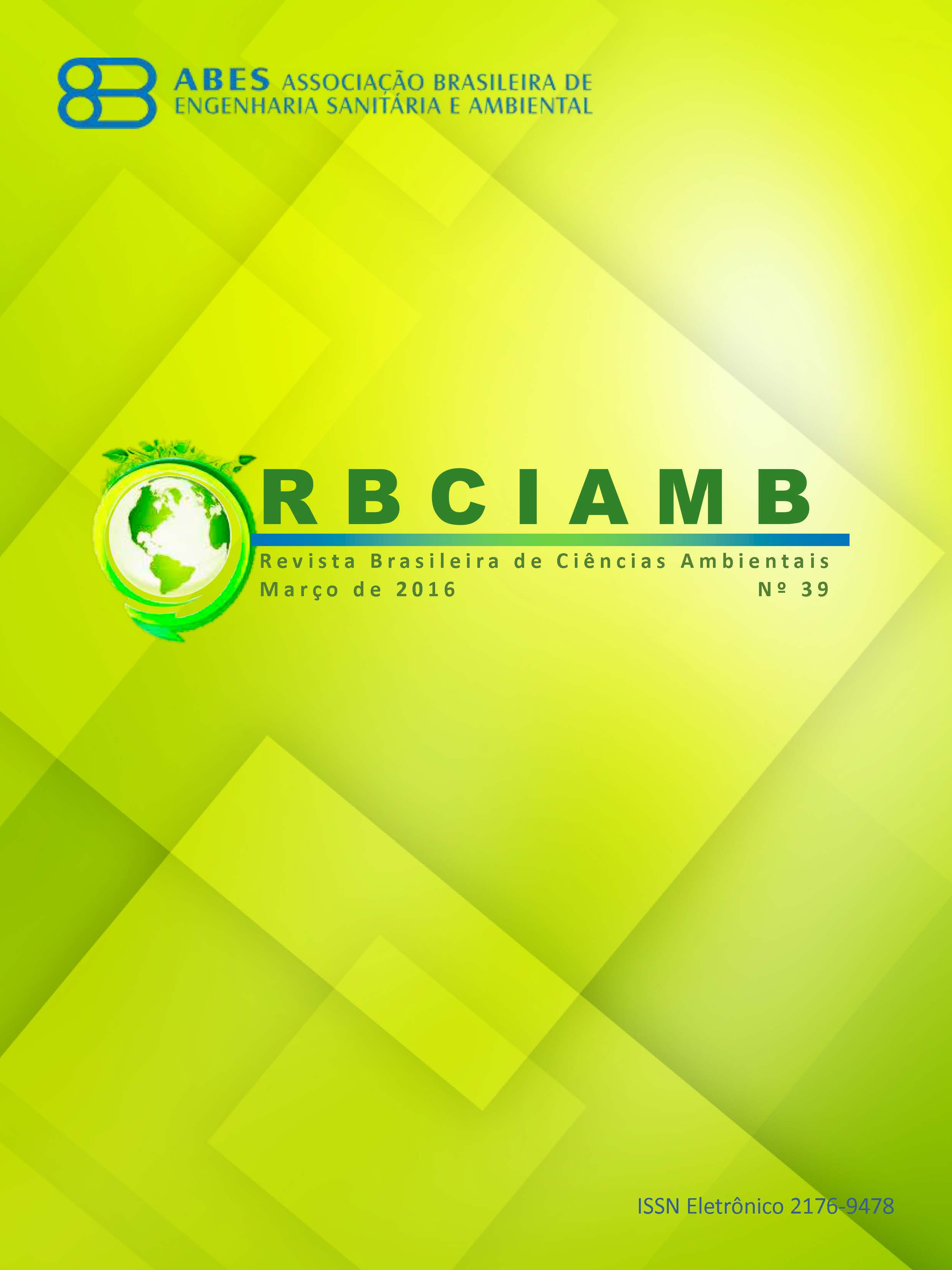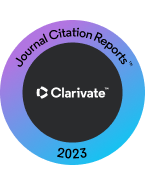REGENERATION AND SUSTAINABILITY OF EXTRACTIVE SPECIES USED IN THREE SETTLEMENTS IN THE SOUTHWEST REGION OF MATO GROSSO, BRAZIL
DOI:
https://doi.org/10.5327/Z2176-947820160062Keywords:
conservação; diversidade; extrativismo; Cerrado.Abstract
This study aimed to investigate the regeneration of species stricto sensu of the Cerrado used in extractivism in areas of settlements: Margarida Alves, Corixo and Bom Jardim/Furna São José, in the Southwest region of Mato Grosso, Brazil. The analysis was based on floristic and phytosociological data collection in 30 installments, measuring 20 x 50 m, in the period from February to July 2012. The inclusion criteria was the circumference at breast height ≥ 15 cm and height ≥ 3 m. At the Margarida Alves settlement, the babaçu (Attalea speciosa) was the species with higher importance value index (IVI), 92.00%, in Corixo settlement, it was the pequi (Caryocar brasiliense), with IVI=40.65%; and in Bom Jardim/Furna São José, the cumbaru (Dipteryx alata) was the second species with higher IVI (26.24%). The R² values for the relationship of the individuals on the circumference and height resulted in low values for the species mentioned, so it has not been demonstrated the J-inverted standard in most histograms graphs indicating poor regeneration, which can, in the future, compromise the extractive activity in the settlements.Downloads
Download data is not yet available.
Downloads
Published
2016-03-31
How to Cite
Mendes, M. F., Neves, S. M. A. da S., Castrillon, S. K. I., Silva, S. A. de A., & Pedroga, J. A. (2016). REGENERATION AND SUSTAINABILITY OF EXTRACTIVE SPECIES USED IN THREE SETTLEMENTS IN THE SOUTHWEST REGION OF MATO GROSSO, BRAZIL. Revista Brasileira De Ciências Ambientais, (39), 114–123. https://doi.org/10.5327/Z2176-947820160062
Issue
Section
Articles
License
Copyright (c) 2016 Revista Brasileira de Ciências Ambientais

This work is licensed under a Creative Commons Attribution 4.0 International License.


























